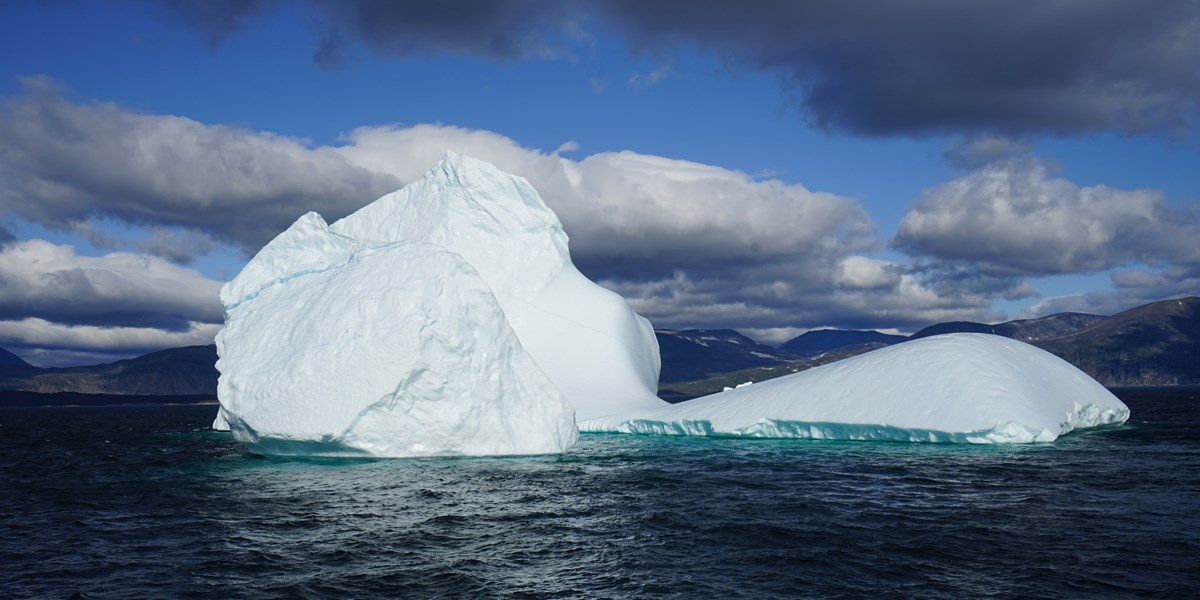Tuesday, February 11, 2020
Postcard From Northern Labrador: Sacred Throat-Singing & Polar Bear Spotting
Songlines ventured north to the Labrador Peninsula, Canada, home to the Inuit and a very particular singing style called katajjaq

Iceberg formations in the Torngat Mountains National Park (photo by Daniel Neilson)

Register now to continue reading

Thanks for visiting the Songlines website, your guide to an extraordinary world of music and culture. Sign up for a free account now to enjoy:
- Free access to 2 subscriber-only articles and album reviews every month
- Unlimited access to our news and awards pages
- Our regular email newsletters

